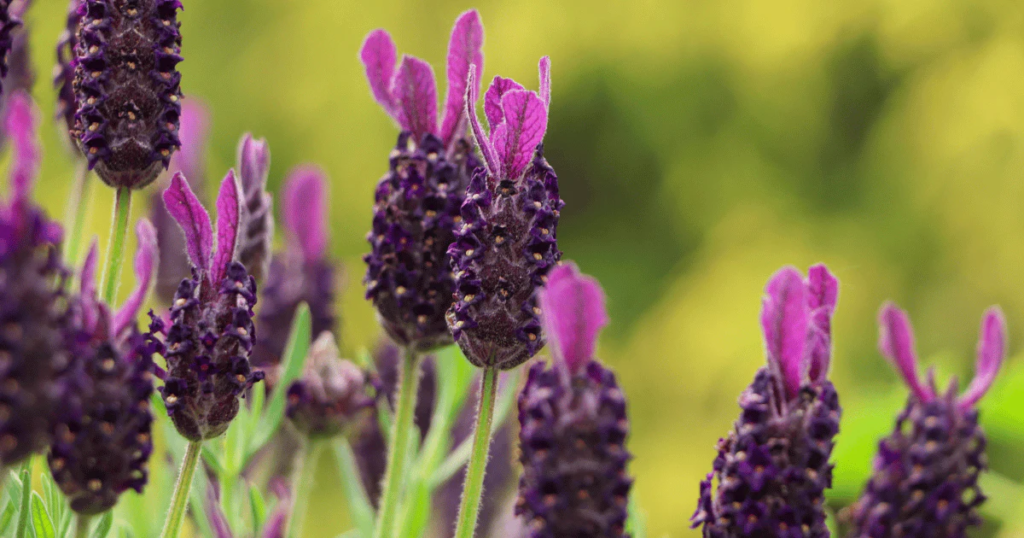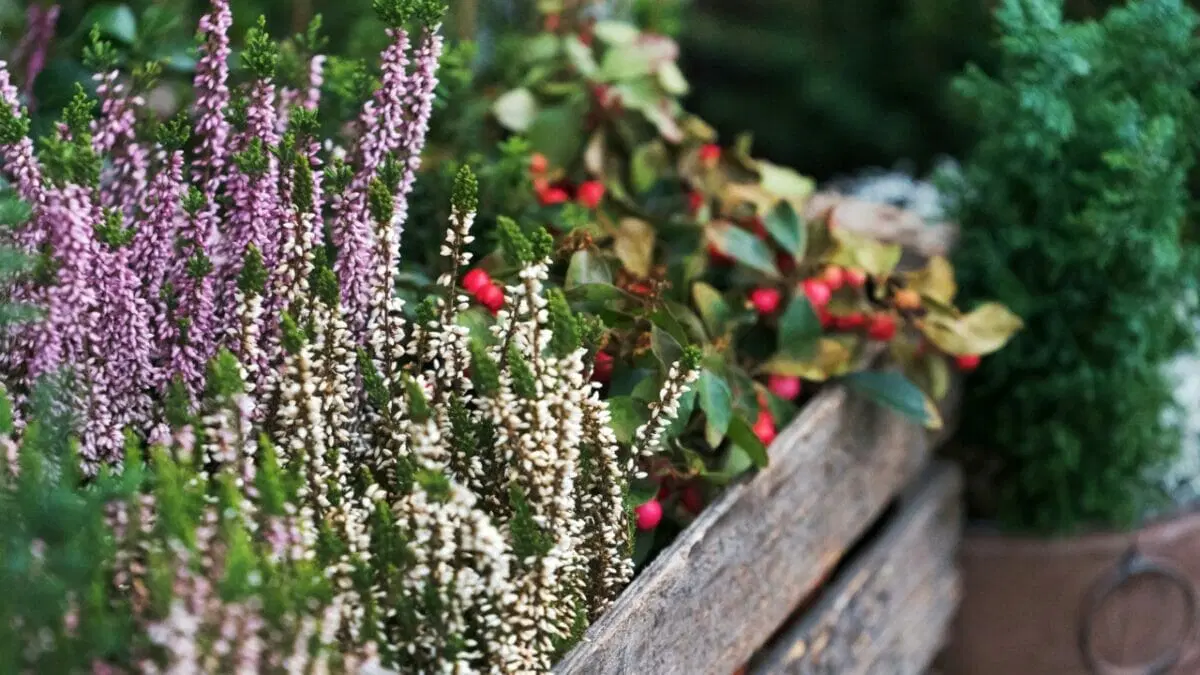By McKayla Davis, Contributing Writer
Lavender is cherished for its captivating fragrance, vibrant blooms, and versatility, both in gardens and homes. While it’s known for thriving in tough conditions, this perennial herb can be surprisingly sensitive if not cared for correctly. Avoiding a few common pitfalls can make all the difference in cultivating healthy, flourishing lavender plants. Whether you’re a seasoned gardener or a beginner, understanding these mistakes will empower you to nurture your lavender successfully.
1. Overwatering
Lavender’s Mediterranean origins mean it thrives in dry, well-drained soils. Overwatering is a frequent mistake that leads to root rot and fungal diseases. Allow the soil to dry out completely between waterings to mimic its natural habitat and keep your plant thriving.
2. Providing Insufficient Light
Sunlight is crucial for lavender’s growth and blooming. Planting lavender in a shady spot significantly hinders its development. Aim to provide at least 6 to 8 hours of direct sunlight daily to ensure robust, fragrant flowers.

3. Overfertilizing
Lavender is a low-maintenance plant that rarely requires fertilizer. Overfertilizing can promote excessive leaf growth at the expense of flowers and essential oils. If needed, use a minimal amount of slow-release, low-nitrogen fertilizer sparingly.
4. Skipping Pruning
Annual pruning is essential for maintaining lavender’s shape and preventing it from becoming woody and sparse. The ideal time to prune is in early spring or just after the first flowering. This practice encourages a second bloom and extends the plant’s longevity.
5. Planting in Poorly Drained Soil
Lavender requires excellent drainage to thrive. Planting it in waterlogged soil can lead to rapid decline. Improve drainage by using raised beds, amending soil with gravel, or planting in sandy or rocky soil mixtures.
6. Ignoring Pests and Diseases
While lavender is naturally resistant to many pests, it’s not immune. Spittlebugs, aphids, and fungal infections can still pose threats. Regularly inspect your plants and treat infestations or infections promptly to prevent significant damage.
7. Choosing the Wrong Variety
Not all lavender varieties are suited to every climate or soil type. Selecting a species that aligns with your region’s conditions can greatly impact your success. For example, English lavender thrives in cooler climates, while Spanish or French varieties are better for hot, arid regions.
8. Failing to Acclimate New Plants
Newly purchased lavender plants need time to adjust to their environment. Gradually expose them to full sunlight over several days to prevent transplant shock, which can result in stunted growth or wilting.
Key Takeaway: Lavender Care Made Simple
By avoiding these common mistakes, you can foster a thriving lavender garden full of vibrant blooms and intoxicating aromas. Understanding lavender’s specific needs—like proper sunlight, minimal watering, and well-drained soil—ensures that this beloved herb continues to enhance your outdoor space for years to come.
With a little effort and the right approach, growing lavender can be both a rewarding and aromatic experience!
